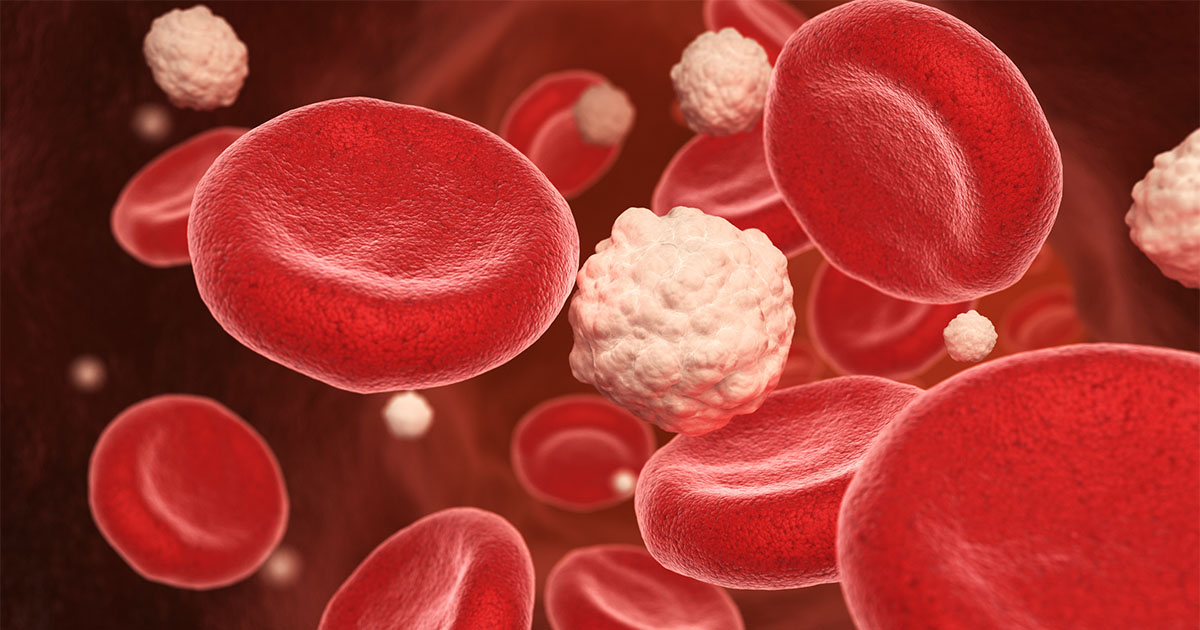Technology is very important both for people with diabetes and their primary care teams, especially when trying to intensify treatment regimens and improve glycaemic control.
Blood glucose meters are increasingly sophisticated, and to the individual with diabetes, self-monitoring of blood glucose (SMBG) can be very empowering. The quest for non-invasive monitoring and more comprehensive glucose data collection has given rise to continuous glucose monitoring through interstitial fluid analysis, which is an important emerging technology. Recombinant DNA technology has led to the development of new insulin analogues that provide more physiological insulin delivery, while continuous subcutaneous insulin infusion (CSII) devices are improving in efficacy and safety.
Computerised technology has seen the internet emerge as an important information source for people with diabetes and primary care teams alike. Access to evidence-based guidelines on the computer desktop is important to guide treatment decisions, and general practice computerised clinical systems offer the opportunity to track and audit people with diabetes and their care.
Meters and delivery devices
Competition in this area has seen increasingly clever devices emerge. The trends would appear to be towards easy access and readability with increased memory and the ability to download data to personal computers, which has shown some benefit (Jackson et al, 2005) The ability to occasionally use alternative blood testing sites (such as the upper arm) is also welcome. The cost-effectiveness of SMBG has often been called into question in people with type 2 diabetes (Simon et al, 2008).
Continuous blood glucose monitoring is now a well-established technology (Skyler, 2009), possibly underused in the UK due to its expense and need to be recommended from a secondary care setting, where it is currently being used for selected individuals.
CSII therapy is clearly useful for people with type 1 diabetes. In fact, NICE (2009) has recommended CSII therapy for children under the age of 12 if multiple daily injections are considered impractical or inappropriate. Peter Hammond reviews the practicalities of these recent technologies on page 183.
General practice clinical systems
GP clinical systems have been available for at least two decades in the UK. Designed originally to document repeat prescribing, they are now widely used in general practice with many practices now paper-light or paper-less (Royal College of General Practitioners, 2005). Few would argue that the process of contemporary diabetes care is not greatly enhanced by electronic health records. Their availability and utility received a boost by the 2004 GP contract and they are now central to both data collection in individuals within the practice and the way that data are gathered and scrutinised by primary care organisations. Soon, prescribing may be further governed by prescribing support software (Anon, 2010) and prompts could be built in to facilitate cardiovascular risk assessment (Holt et al, 2010).
Is it possible to take these systems further to enhance diabetes care? Alistair Emslie-Smith outlines how software systems can be used on a population-wide basis in Scotland to enhance diabetes care across primary and secondary care, ensuring high-quality current data are available to all healthcare professionals (see page 142).
Referring to the emerging importance of the internet, William Gibson said “the future is already here – it is just unevenly distributed”. Only time will tell which of these developments will become widely adopted but, currently, GP clinical systems remain the cornerstone of contemporary primary diabetes care, with existing and emerging technologies empowering people with diabetes.





Risk ratios of 1.25 for autism spectrum disorder and 1.30 for ADHD observed in offspring of mothers with diabetes in pregnancy.
18 Jun 2025